From self-care to sustainability: everything that happened at Tallinn Applied Art Triennial
At the Tallinn Applied Art Triennial, 27 artists from the Baltics and Nordics showcase a wealth of creative expressions inspired by the past, present and future
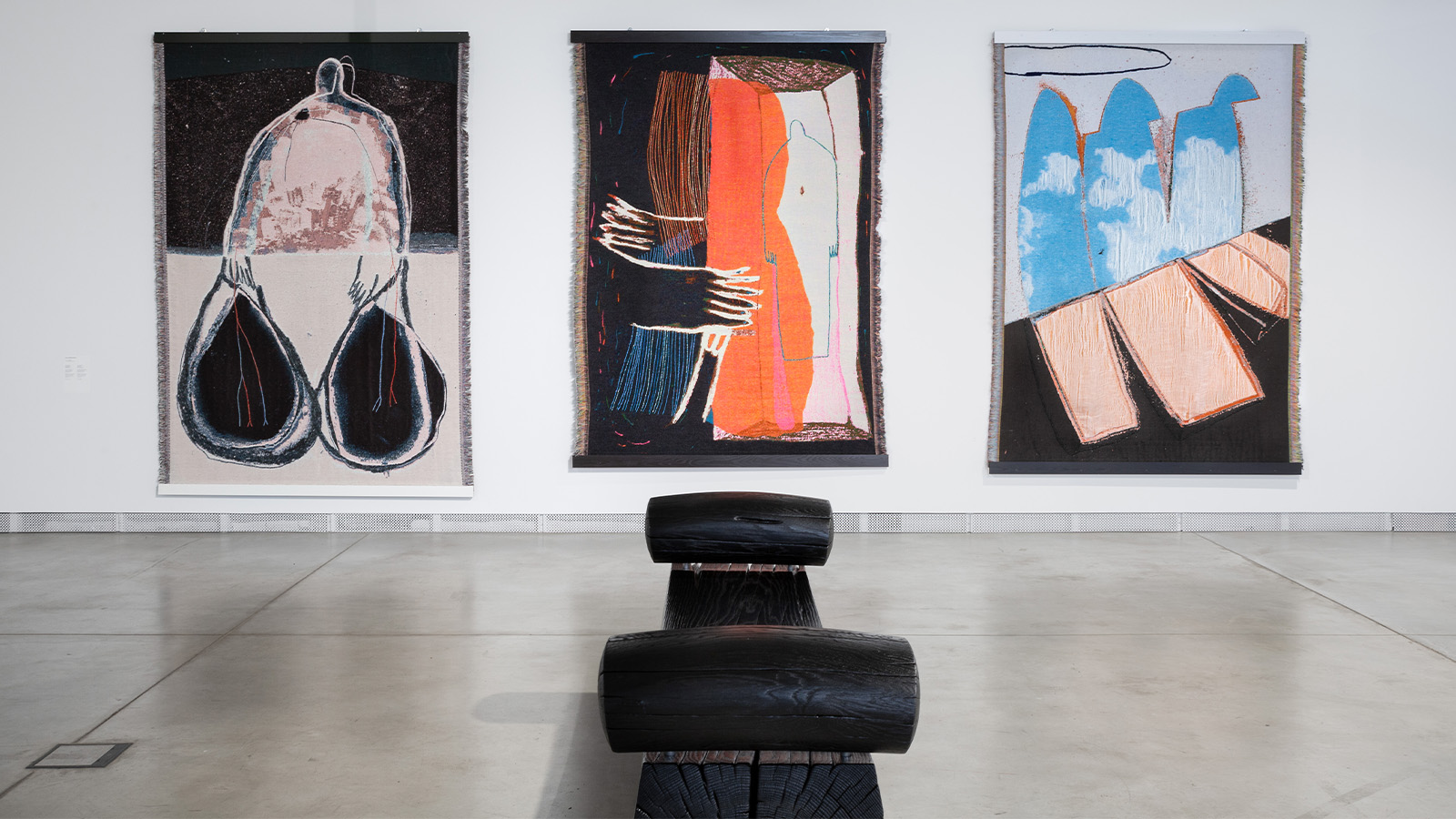
‘Artists from the Baltics were the most resourceful, and Finland sent in the most applications and displayed the highest quality works,’ explains Maret Sarapu, curator of the Tallinn Applied Art Triennial. A record 470 artists from the Baltics and the Nordics applied and 27 artists made it through. Their works are on display at the Kai Arts Center, a century old former submarine plant and cultural heart of the Noblessner harbour complex on the Tallinn waterfront.
Tallinn Applied Art Triennial
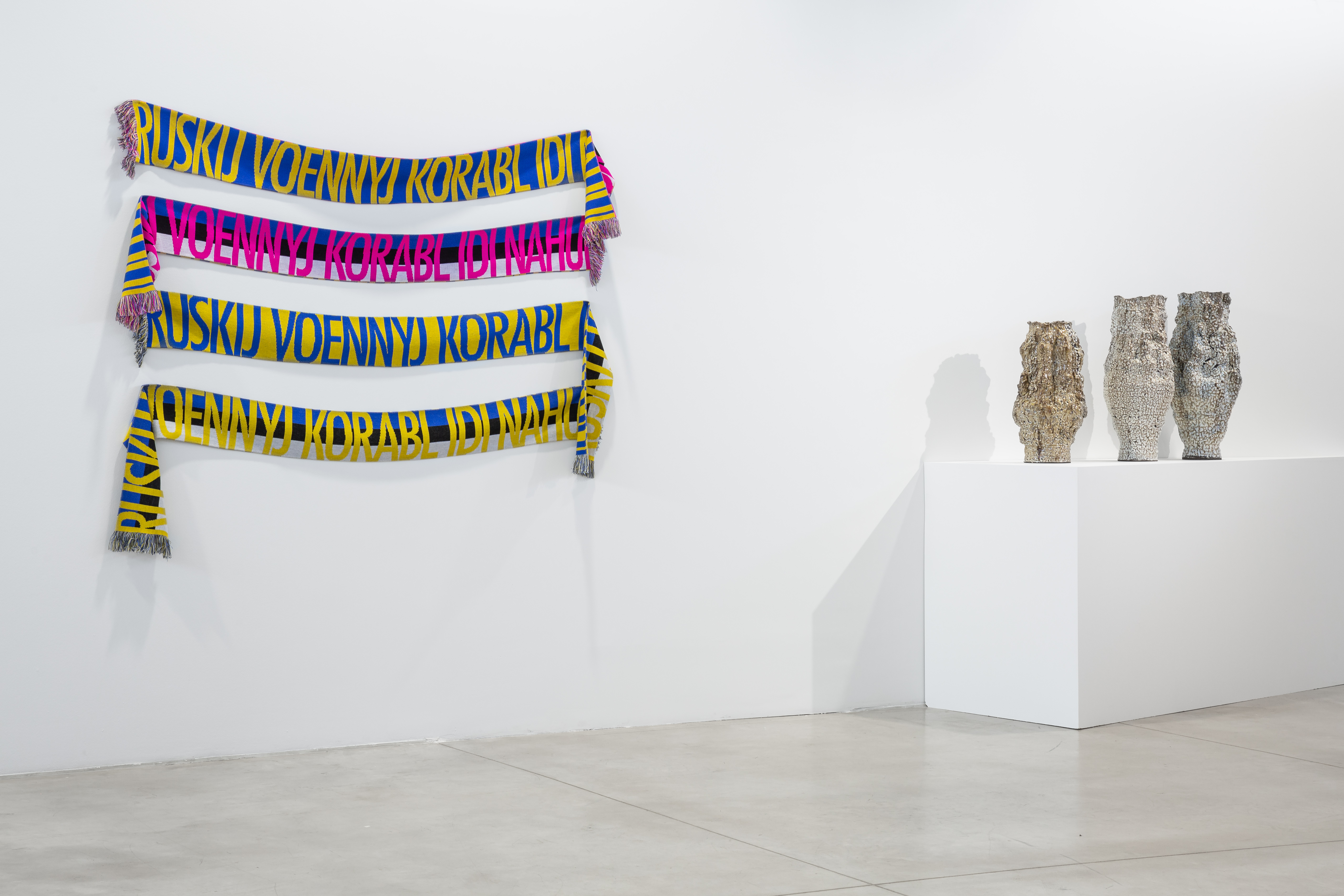
Sculptural pieces by Hanne Haukom, woollen scarves by Krista Leesi.
Pieces range from textiles and glass to ceramics, jewellery and installations and themes include self-care and sustainability and experiments with materials. Unsurprisingly, the conflict in Ukraine and history of Soviet domination of the region is ever present, not least because Estonian artist Krista Leesi’s woollen scarves scream “Putin Warship, go f**k Yourself (words uttered by a Ukrainian border guard on the first day of the war). Ieva Baltrėnaitė-Markevičė’s display of Lithuanian women’s’ clothes from the 1940s to the 1970s reveals how women made outfits from what they could find – the prom dress created from the lining of a man’s suit; the wedding dress stitched from fabric bought back from exile in Siberia.
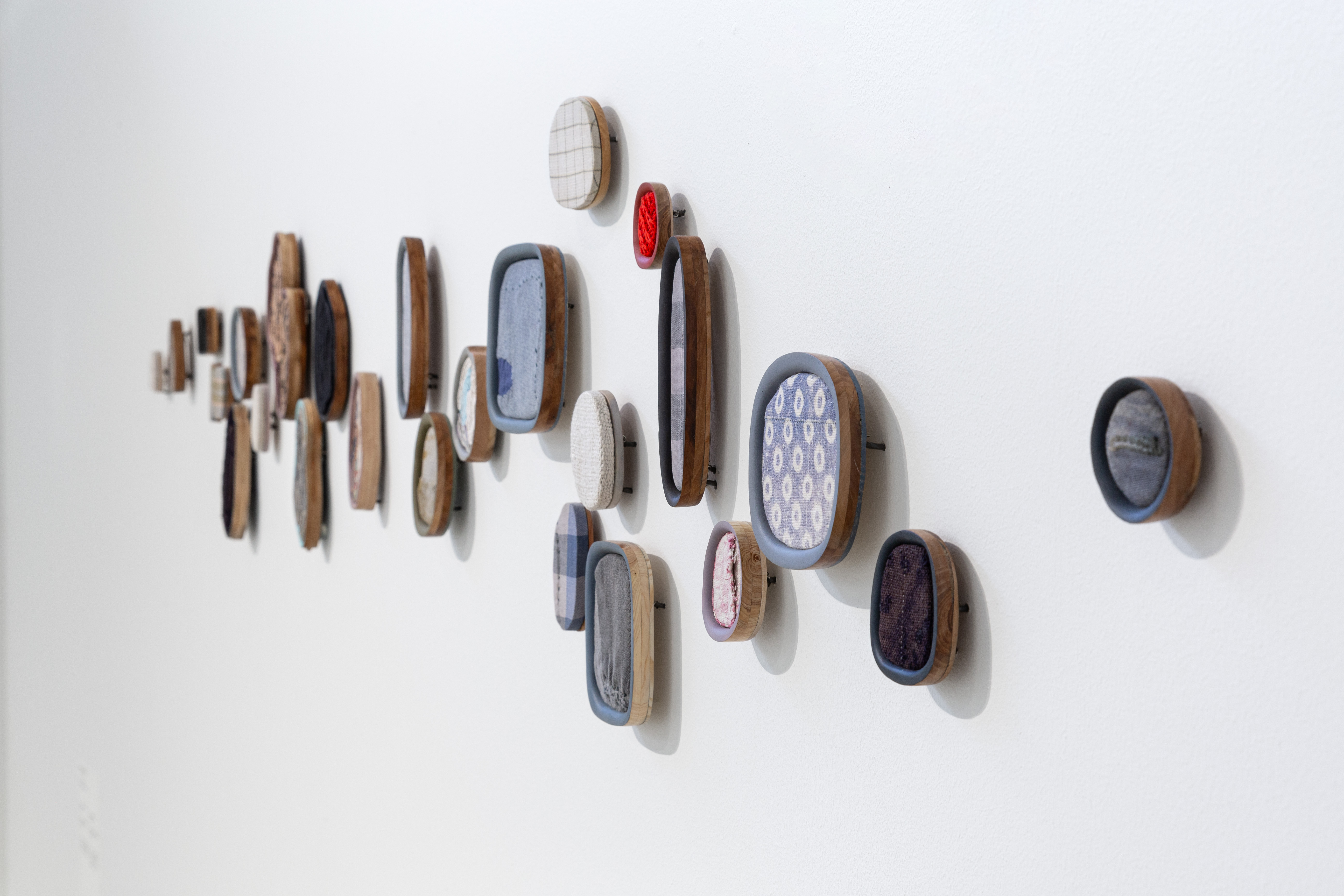
Work by Ketli Tiitsar
‘Based on the works in the open call, artists are seeking a place for materials that have been on the margins or forgotten,’ says Sarapu. Take Ketli Tiitsar, who salvaged old fabrics used as insulating material from her nineteenth century Estonian country house and turned them into brooches, and Lithuanian artist Severija Inčirauskaitė-Kriaunevičienė who transformed old footballs and sports gear into rugs and trophies. ‘Many use slow technologies that raise the question of whether craft as a calming activity is a basic need, or a luxury, or paradoxically, both,’ says Sarapu.
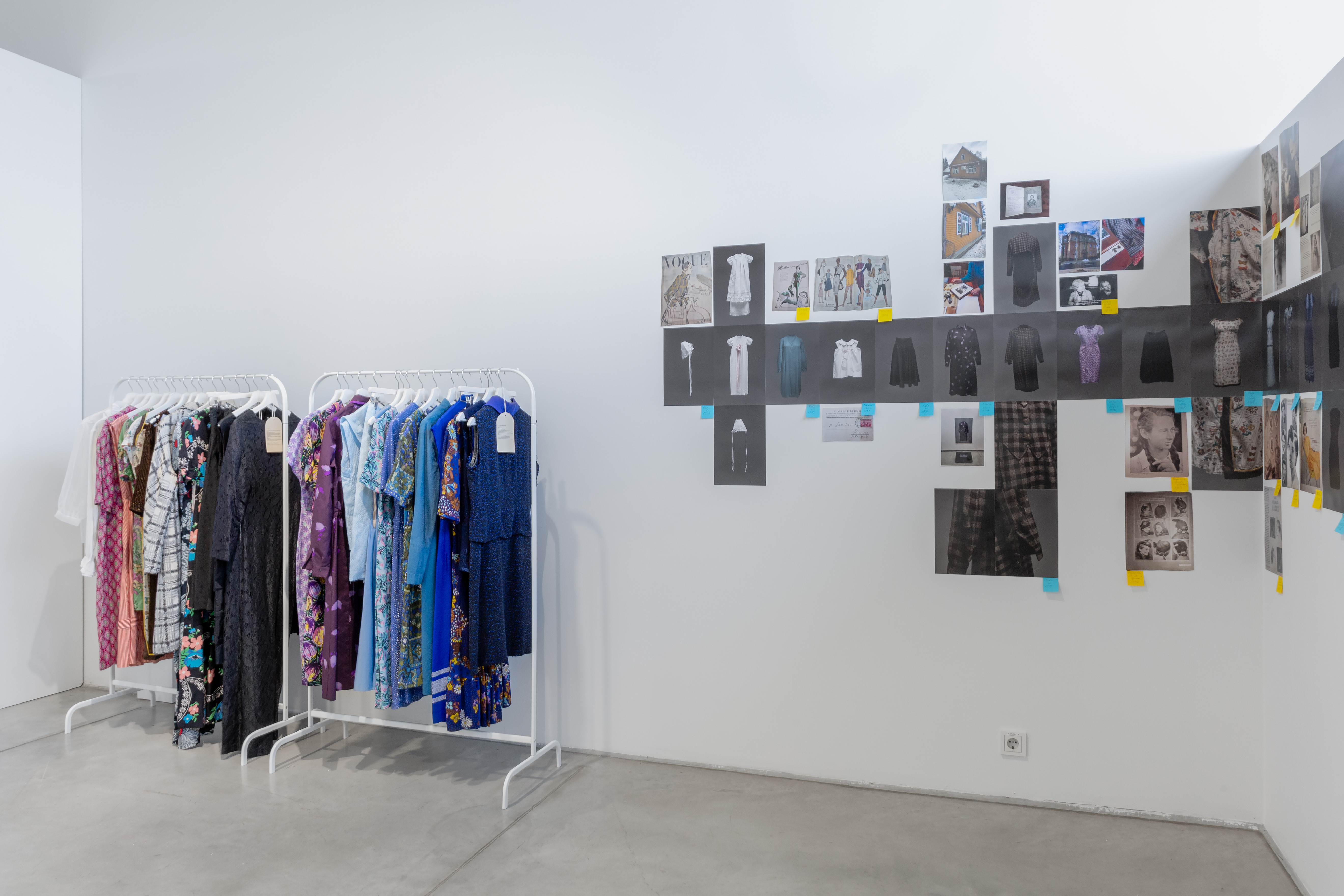
Work by Ieva Baltrenaite-Markevice
Ancient techniques are tweaked with technology to modernise them. Swedish artist Sofia Björkman’s baskets are woven from threads made with wood dust that is fed through a 3D pen; Lauri Kilusk 3d prints clay from an Estonian quarry and sees its potential as a building material and Finnish artist Alves Ludovico takes found objects and spins them into sculptures made with sugar polymer. For Estonian ceramicist Margit Terasmees a wood-burning oven is the firing method of choice. It yields unexpected, beautiful results.
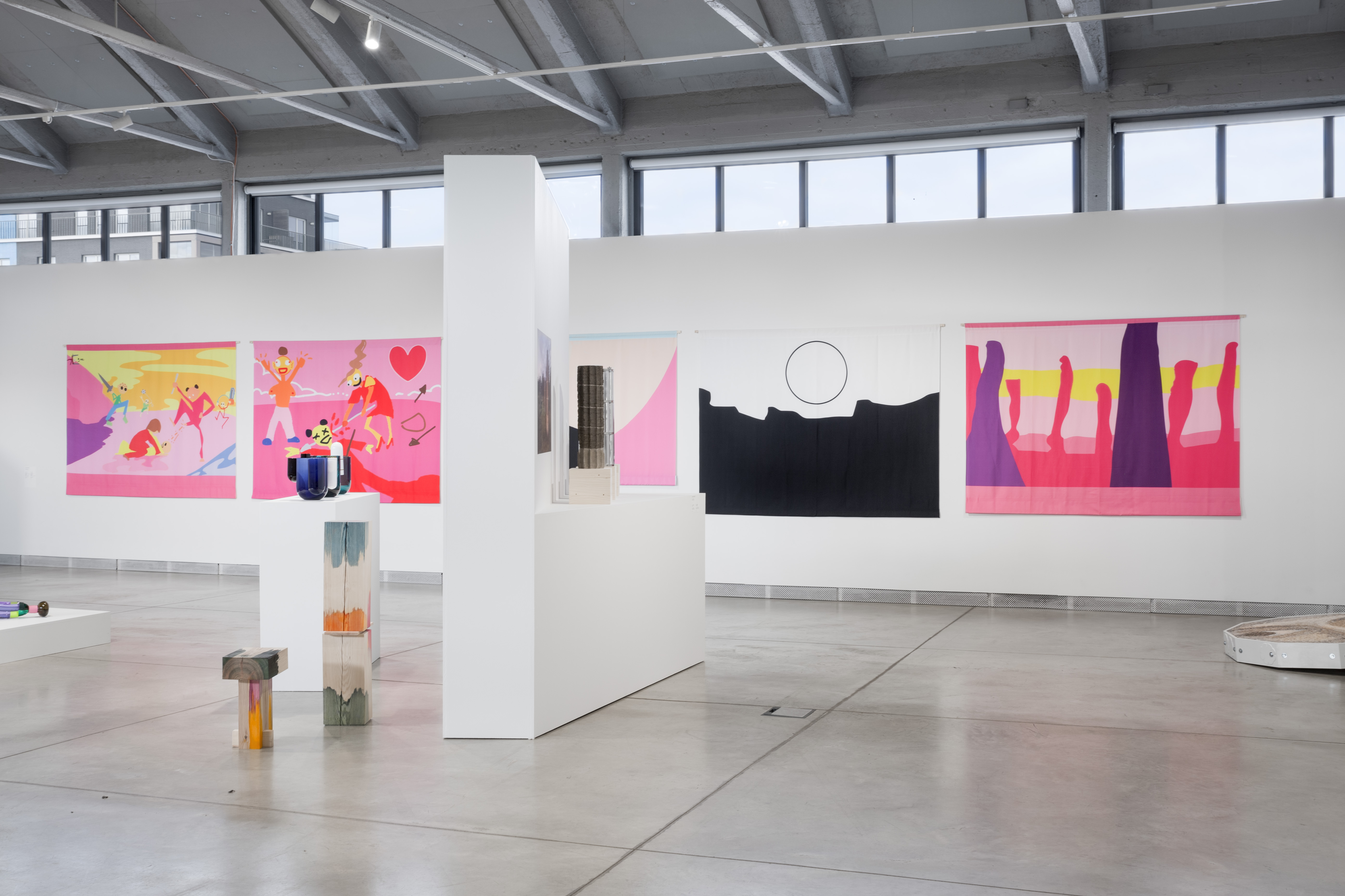
Paintings by Vilde Rudjord
The triennial was first launched in 1997 and until recently took place at the Estonian Museum of Applied Art and Design in Tallinn Old Town. Here, a charming collection of the country’s rich design traditions from the beginning of the twentieth century to the present day are on show.
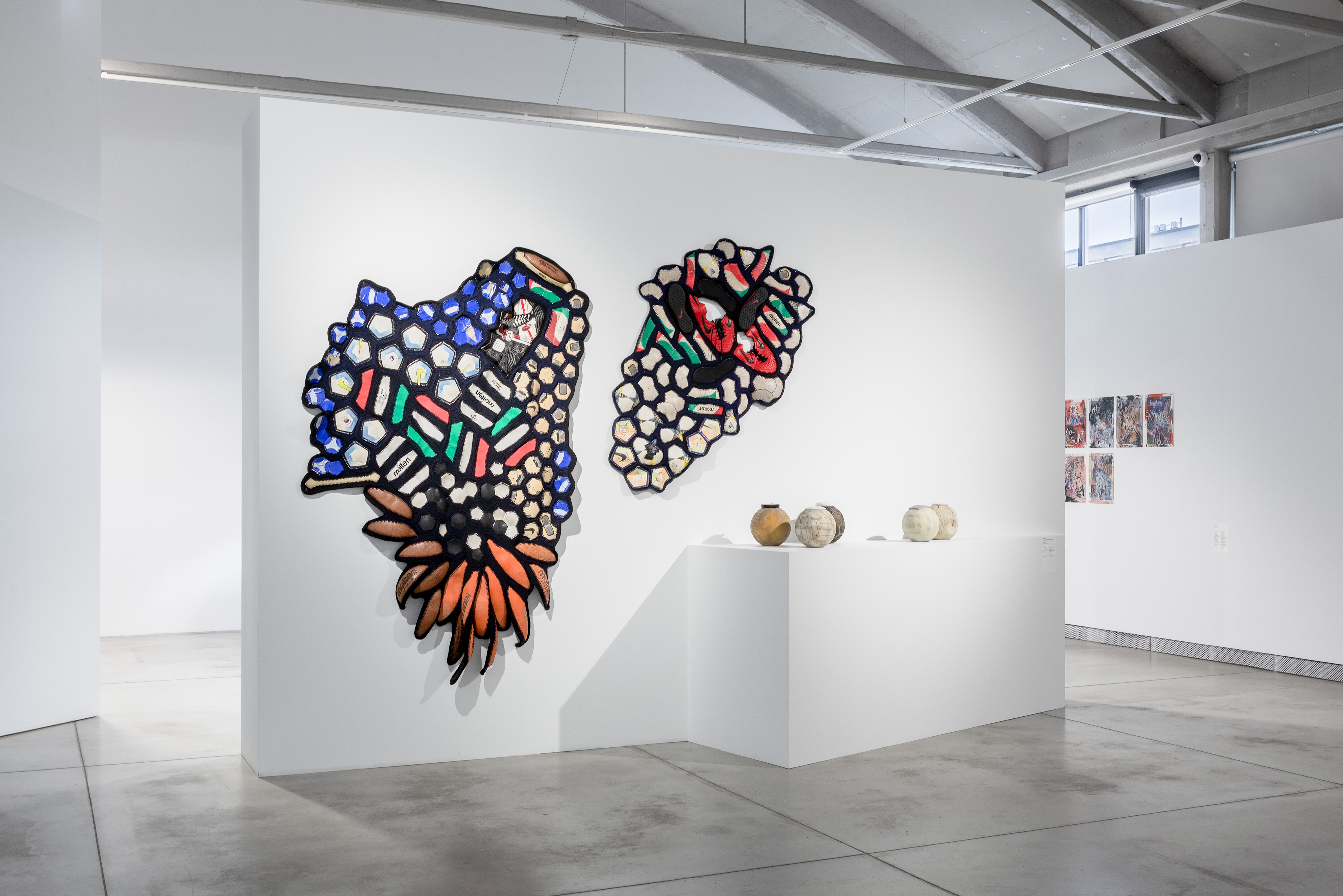
Work by Severija Inčirauskaitė-Kriaunevičienė
All over the city, galleries join in with their own satellite shows. At the HOP gallery, built specifically for jewellers 100 years ago, glass artist Tiina Sarapu creates abstract landscapes that address the pollution that war, with its metal-spewing armaments, sheds across powerless ground. Nearby at A-Galerii, the work of four Baltic jewellers is added to the permanent pieces, and a show at Vabaduse celebrates 30 years of the Association of Estonian Fashion Designers. And when you’ve ticked off everything at the triennial, Tallinn’s bombastic Soviet architecture and quaint Medieval side streets ensure there’s plenty more to see and do, too.
Receive our daily digest of inspiration, escapism and design stories from around the world direct to your inbox.
Emma O'Kelly is a freelance journalist and author based in London. Her books include Sauna: The Power of Deep Heat and she is currently working on a UK guide to wild saunas, due to be published in 2025.
-
 Year in review: the shape of mobility to come in our list of the top 10 concept cars of 2025
Year in review: the shape of mobility to come in our list of the top 10 concept cars of 2025Concept cars remain hugely popular ways to stoke interest in innovation and future forms. Here are our ten best conceptual visions from 2025
-
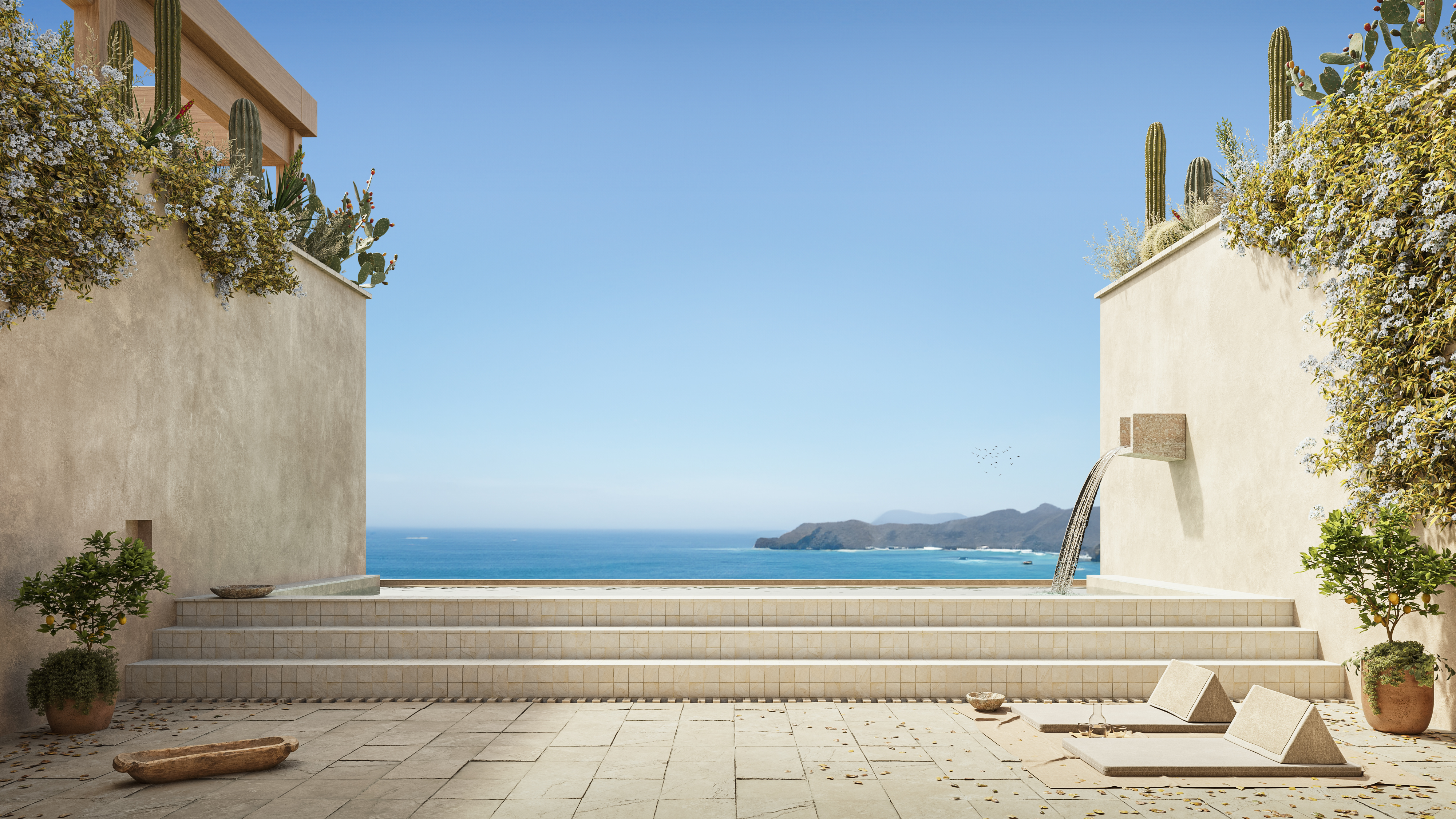 These Guadalajara architects mix modernism with traditional local materials and craft
These Guadalajara architects mix modernism with traditional local materials and craftGuadalajara architects Laura Barba and Luis Aurelio of Barbapiña Arquitectos design drawing on the past to imagine the future
-
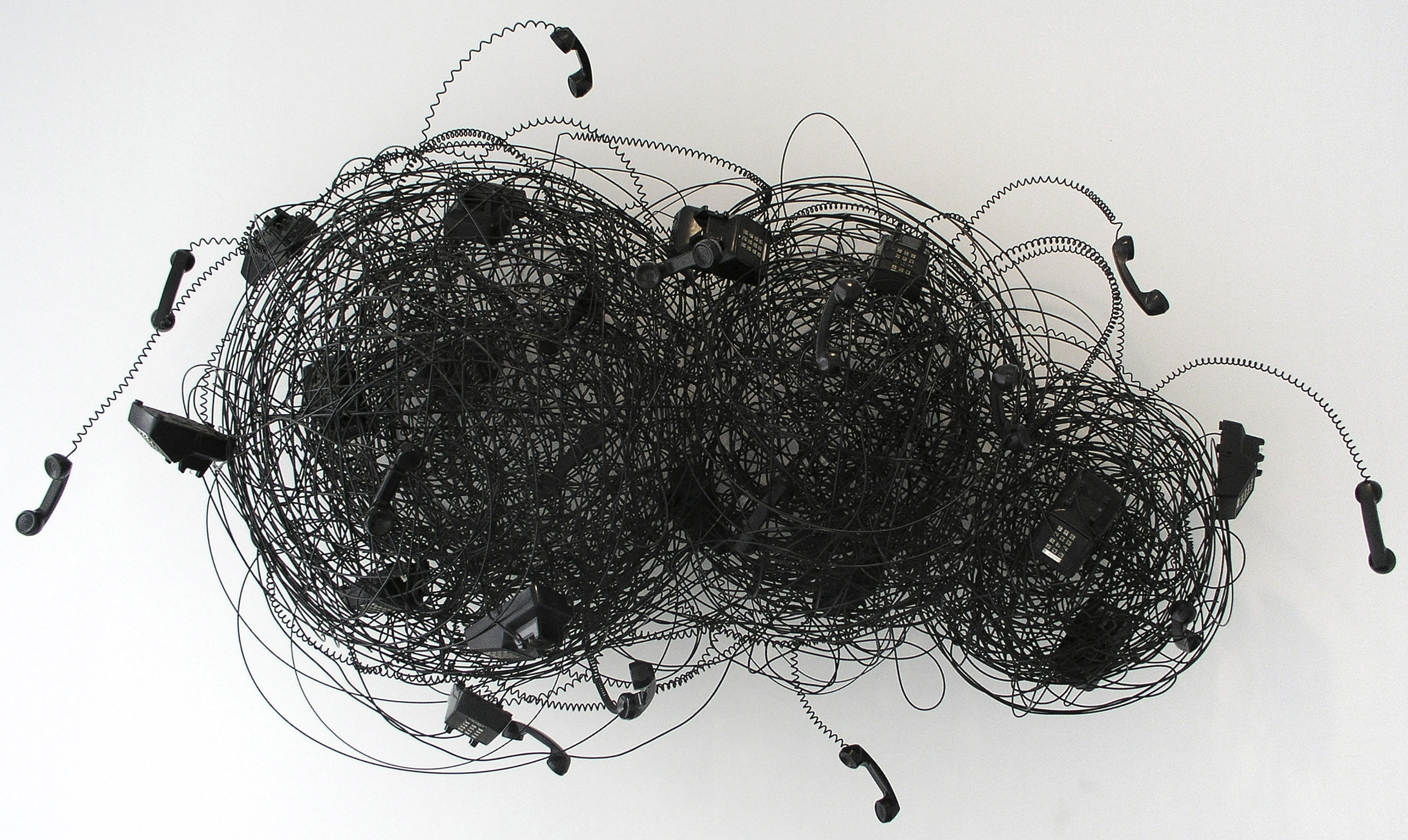 Robert Therrien's largest-ever museum show in Los Angeles is enduringly appealing
Robert Therrien's largest-ever museum show in Los Angeles is enduringly appealing'This is a Story' at The Broad unites 120 of Robert Therrien's sculptures, paintings and works on paper